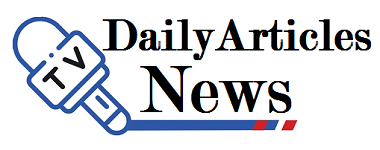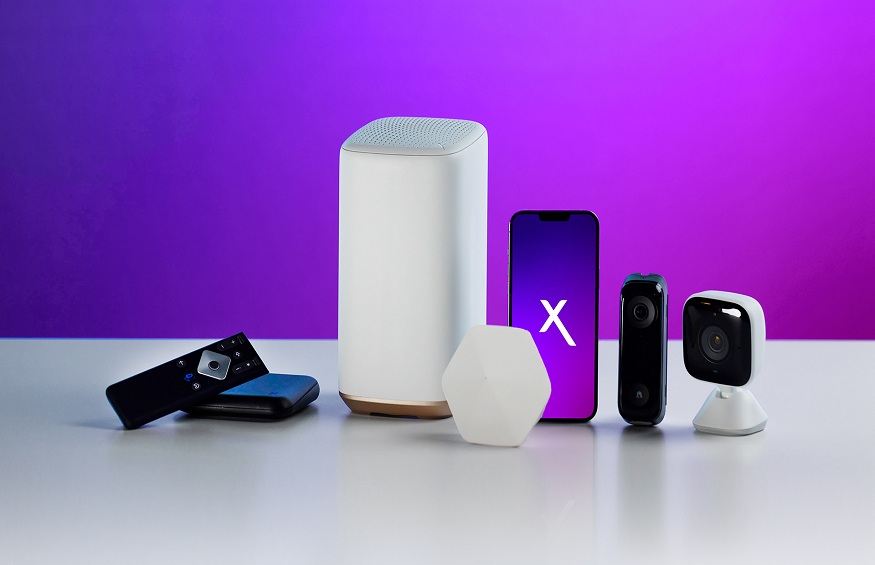We’re all confused about which option is better: fiber or cable internet service in Pune. And because we don’t know enough about both options, we pick the wrong one. Let’s examine the differences between cable and fiber optic internet to determine which is better for you. Long-distance data transmission in the form of light pulses is made possible by fiber optics technology. Optical fibers, each roughly the thickness of a person’s hair can be packed together to form a cable that can transfer more data more quickly over greater distances than can be achieved by any other medium. While the technology behind cable internet is identical to that behind cable TV. Coaxial cables are used for the transmission of information. We’ll go over the many benefits of both kinds of Xfinity enespañol internet access now that you know what sets them apart.
Table of Contents
The Advantages of a Fiber-Optic Connection
The term “fiber internet” refers to a specific type of high-speed internet connection that uses optical fiber cables to transmit data rather than radio waves. Xfinity internet access via fiber optics is more recent than cable. Fibre optic internet is widely regarded as superior to other types of internet in terms of speed and security, including satellite, cable, and DSL. If you can get fiber optic internet through the top internet service in Pune, that’s your best bet. The fact that fiber optic connections can withstand severe weather and can support rates of over 2 thousand megabits per second is the main selling feature of fiber internet.
Internet Access: Fibre vs. Cable
1. First, it’s widely available;Xfinity home broadband cable networks cover more than 85 percent of the country and can be accessed with little difficulty everywhere in the country. You can receive cable internet if you have access to a television network. Getting a new TV is as simple as calling your provider and scheduling an installation. Despite its growth, fiber internet networks are still not as widely available as cable internet, however, this is changing. They are now available in over 75% of the country, and speeds of 10 Gb are becoming the norm in most major cities. While fiber is ideal in major cities, it can be challenging to obtain for businesses in more rural regions.
2. Second, both cable and fiber internet connections are reliable. Despite this, factors that affect electricity can impact cable internet connections. A cable web connection won’t be stable for you if you reside in an area that frequently experiences cable disruptions and power outages. If you rely on cable internet, you may want to invest in a more robust power backup system. Providers of fiber optic Internet connectivity rarely experience outages due to power outages. Even if the power goes out, you can still use your fiber-optic network because the cables are glass and do not require energy. This protects the cables from potential fires and voltage fluctuations. The reliability of the Xfinity internet connection is increased by the fact that it cannot be disrupted in the same way that other internet connections can be. Xfinity, a provider of high-speed Internet service in Pune, India, uses a fiber optic network to ensure a constant connection to the web.
3. Cable internet download speeds range from 10 megabits per second to 500 Mbps, which is rather fast. It has an up-and-up-to-50 Mbps upload speed. Most homes and small businesses will be fine with this broadband speed. The bandwidth of a cable connection is sufficient for multimedia consumption and interactive entertainment of a certain scale. However, because it is a public connection, you should use caution. When the number of users trying to access a website increases, the connection speed decreases. Internet speeds may drop by as much as 25% during these times due to increased demand. Compared to the cable network, fiber-optic internet is incredibly fast, with download and upload speeds of a minimum of 250-1,000 megabytes per second Multiple users accessing the Xfinity internet connection at once will not degrade performance. This makes it a good choice for situations where a high volume of users requires consistent throughput.
4. Although it was always thought that a cable connection to the internet was cheaper than a fiber web network, the costs associated with fiber optics have fallen in recent years. The price is now greater than the cost of constructing a cable connection, but it is more comparable to the price of a cable network. While the cost of the cable will mostly depend on your location, TV provider, and telephone provider, you have the option of purchasing a bundle that includes all three services. Fiber-optic internet can be more expensive depending on your usage, the speed you require, and your location. Possible additional costs include setup and activation fees.

